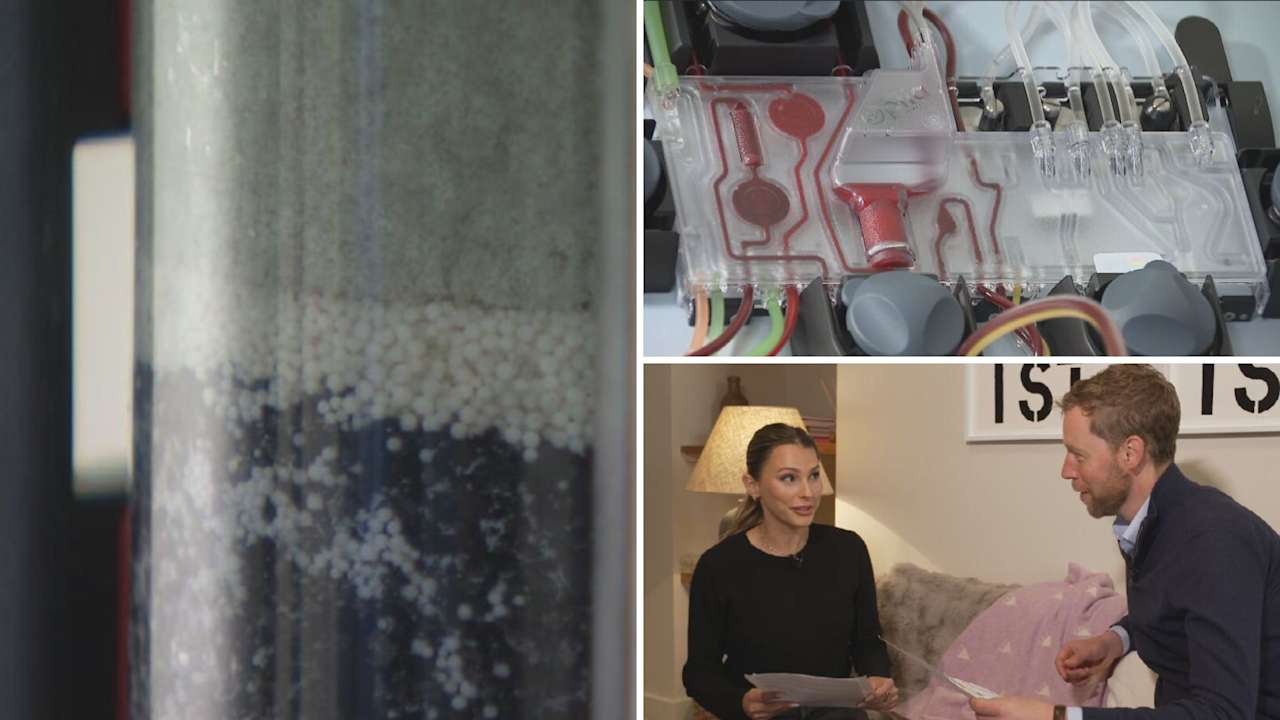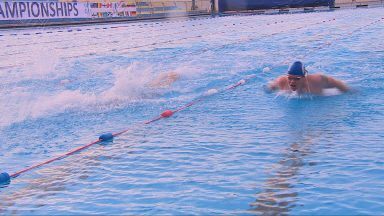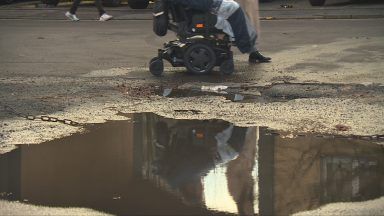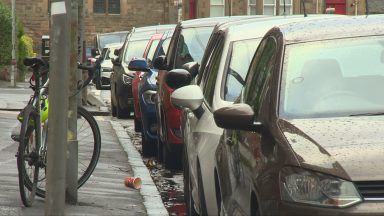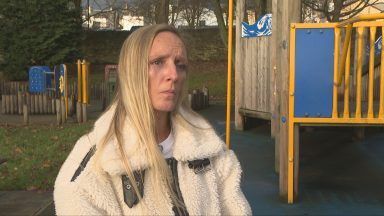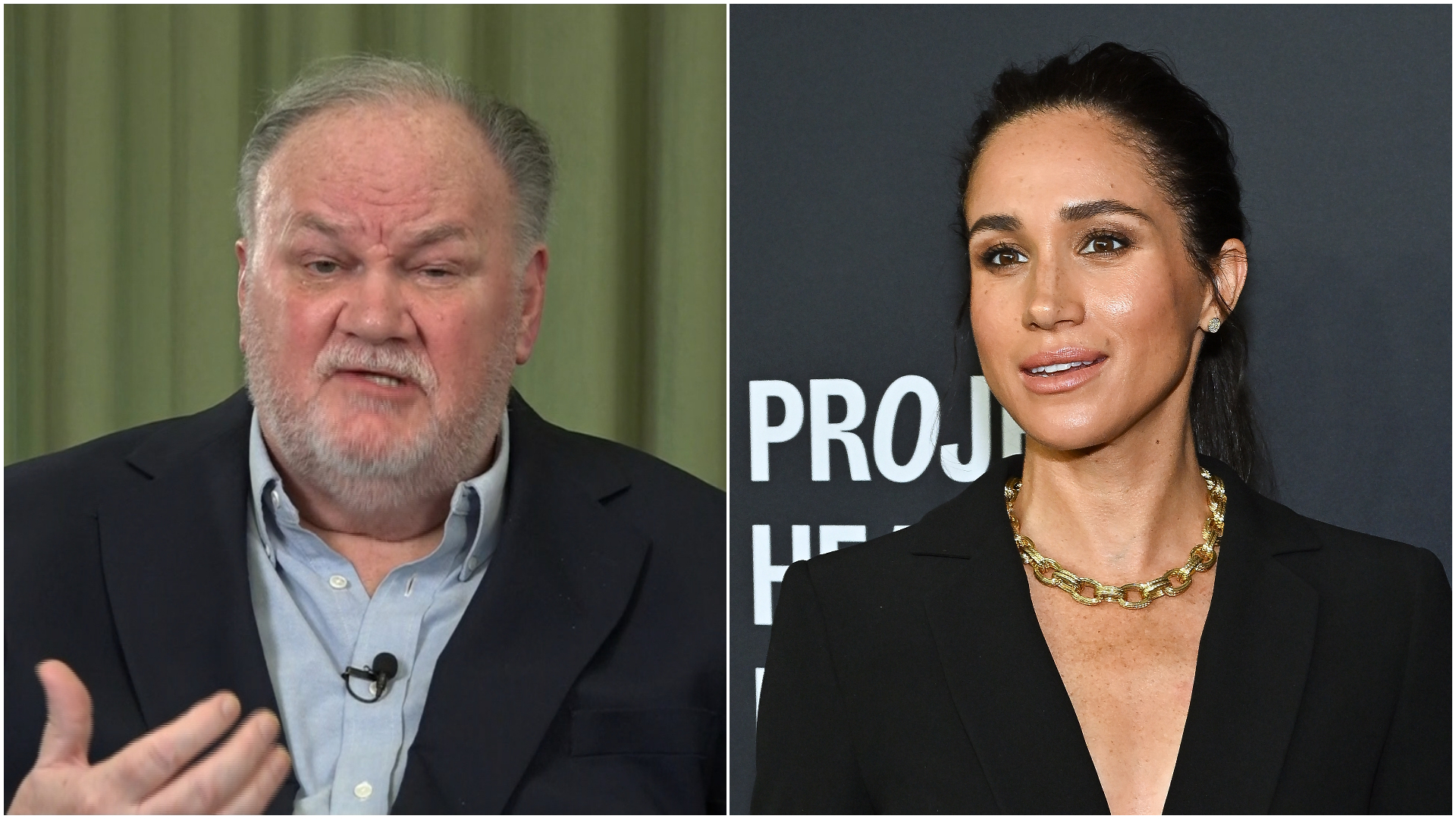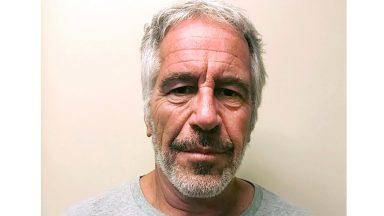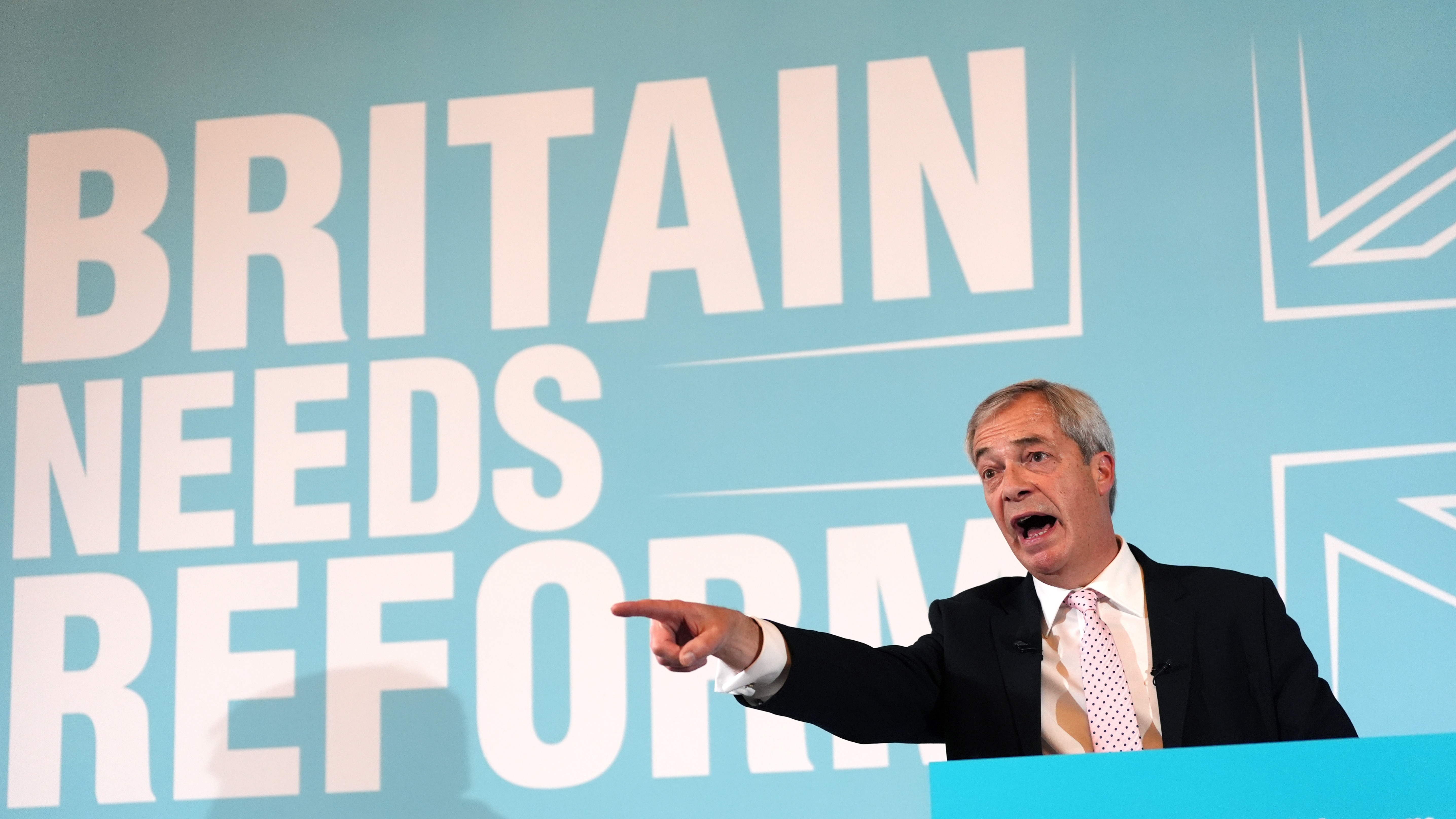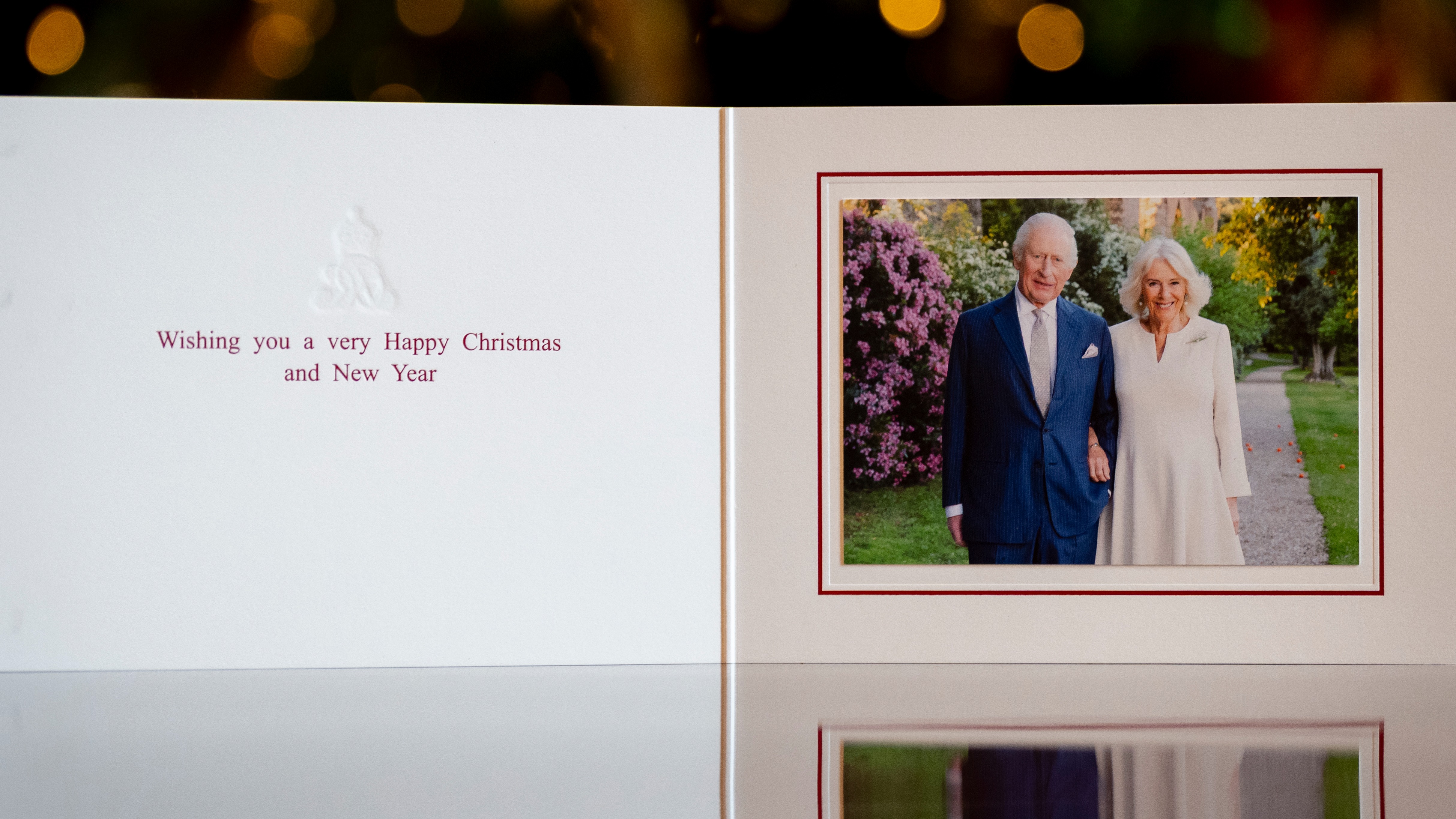A clinic in London says it can remove up to 99% of microplastics from your blood, as ITV News Science Correspondent Martin Stew reports
From Antarctic ice to the air we breathe, and from our furniture to the fish we eat – microplastics are everywhere.
It’s no surprise then that the small particles of plastic are in us too.
A recent dissection of a human brain found seven grams of microplastics, the equivalent of a plastic spoon.
It’s not fully known what, if any, impact these particles are having on our bodies but the World Health Organisation (WHO) has called for further research.
Scientists are currently investigating suspected links with dementia, low fertility, heart disease and even some cancers.
What are microplastics?
Microplastics are tiny pieces of plastic, smaller than 5mm in length.
They come from plastic being broken down and ending up in our soil and water.
All sorts of products contribute to microplastics including; teabags, tupperware, sanitary towels, nappies, plastic water bottles and synthetic fabrics used for clothing and furniture.
A clinic in London has become the first in the world to offer a service that promises to remove between 90 and 99% of microplastics from their client’s blood – It works a bit like dialysis.
“What we’re doing” David Cohen, the system’s inventor, told me, “is taking blood out of your arm and putting it through a Terumo machine which splits your blood into two components. One is your red blood cells, the other is your plasma.
“Plasma goes into our column which is where the magic happens. That is where we are taking out the forever chemicals, the microplastics, the inflammation and the poisons and toxins out of your plasma. It comes back into the unit and goes back into your arm.”
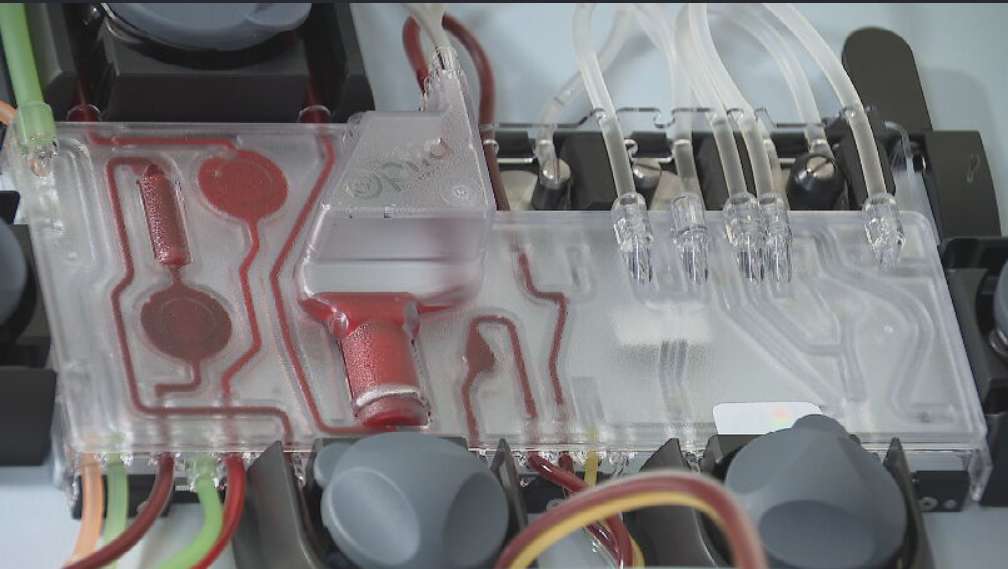
The two hour long procedure costs nearly £10,000 and isn’t covered by the NHS.
For best results it may need to be repeated every year. That’s led GP Dr Mousumi Mukherjee to question it’s value.
“What’s their justification for £10,000 if its a two hour job,” she asked.
“In general practice and in most of the NHS we would want evidence.
“Every procedure has possible side effects. I hope they’ve done studies on it and until I’ve seen that evidence I would not advise any of my patients to do that.”
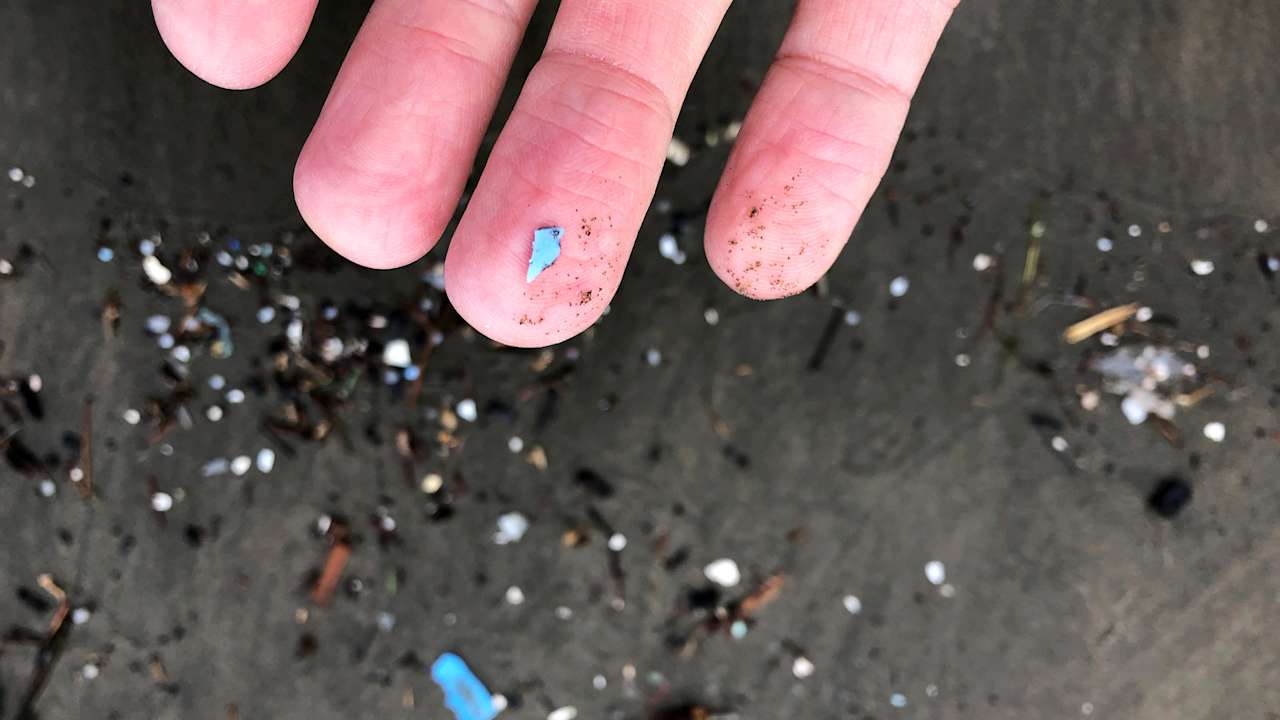
The company says the equipment is safe and medically approved. I asked David Cohen how he’d respond to the accusation that the treatment is an expensive gimmick.
“I’d say they should look at the research” he told me “and the results that people are seeing in hospital and the results we’re seeing in hospital and in the clinic.”
We filmed Yael Cohen, the company’s boss, trying the treatment for the first time herself. Whilst we waited a sample of my blood was taken to see how ‘contaminated’ it was.
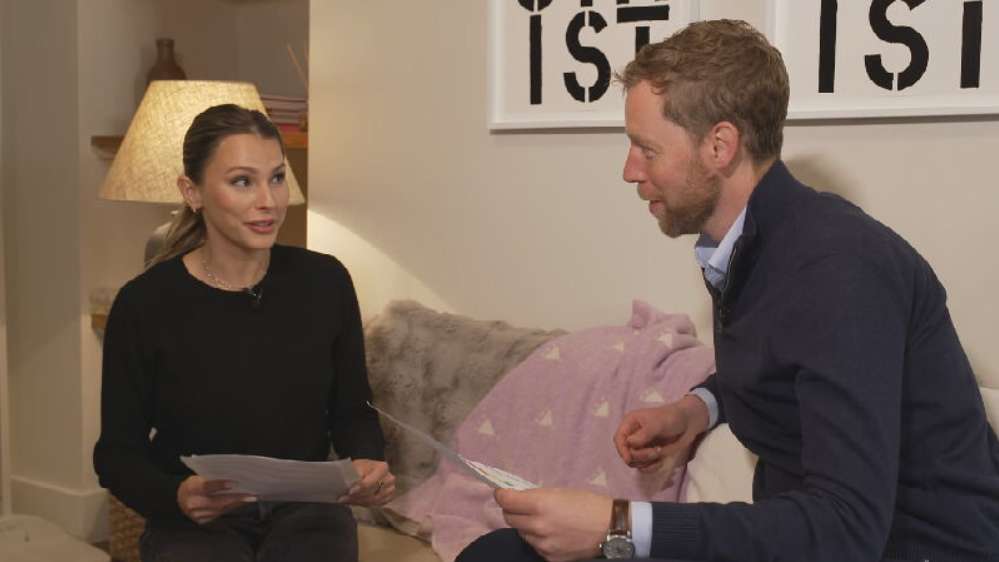
Six weeks later I returned to see the results. Yael had seen the number of particles per millilitre in her blood drop from 500 to 50. A reduction of 90%.
As for me, miraculously my levels without any treatment were just 60.
“The lowest we’ve ever seen” Yael told me. Apparently the result of genetics and lifestyle.
Plastics are stored in body fat, so men often have lower levels.
I may have also been exposed to fewer cleaning products and chemicals – a damning indictment of my input on the housework.
Yael, CEO of Clarify Clinics said: “Our Clari procedure is a safe, effective method to help clear the body of the harmful toxins and microplastics that we’re all accumulating. It’s a solution we wish existed years ago and we can now finally offer a real solution for a current collective issue.
“Using subtractive medicine genuinely supports people’s health in a way that hasn’t existed/been available outside of a hospital until now. While the current cost reflects the early-stage nature of this kind of innovation, our vision is much bigger. We’re committed to making Clari accessible, especially to those who need it most. This is just the beginning.”
How can you avoid microplastics?
The short answer is you can’t. But experts say there may be ways to limit your exposure.
- Heating plastic is known to release particles of plastic so the advice is to avoid microwaving things in plastic dishes or adding boiling water to plastic cups.
- Try to use metal or glass water bottles and tupperware.
- Tap water contains fewer plastic particles than bottled water.
- Choose natural fibre clothing over synthetic materials.
- Vacuum your house more. Dust often contains tiny pieces of plastic.
Follow STV News on WhatsApp
Scan the QR code on your mobile device for all the latest news from around the country


